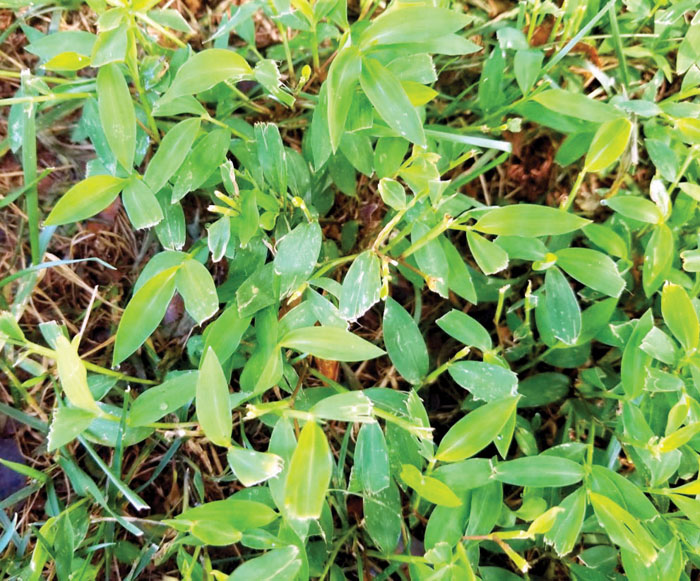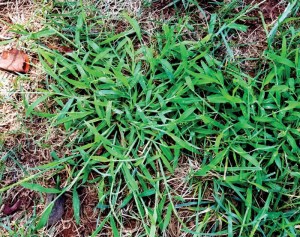Controlling crabgrass, Japanese stiltgrass
Published 12:00 am Sunday, August 16, 2020

- Japanese stiltgrass
Hot weather and frequent rainfall, our now normal weather over the past few weeks, has provided perfect growing conditions for the spread and growth of warm season weeds in our fescue lawns, especially grassy weeds such as Bermuda grass, crabgrass and goose grass. Compounding the situation with this annual nightmare is yet another newly introduced grassy weed that is becoming an extreme nuisance for cool fescue lawns. Japanese stiltgrass has invaded and is a tremendous problem weed in shady lawn areas. The weed grows similarly to other grassy weeds, but has broader, shorter leaves and tends to spread when mowed. Its growth habit is very similar to crabgrass in that it’s a summer annual reproducing each spring by seed. The seeds germinate in early spring and tend to spread rapidly, engulfing entire shady and woody landscape areas. Unfortunately, there is very little to control the grass after germination at this time — a similar situation posed by crabgrass. A feasible control method is to apply recommended preemergence herbicides to lawns in the spring before germination. The seed of Japanese stiltgrass and other grassy weeds can remain viable in the soil for about seven years. Homeowners must be vigilant and routinely apply preemergence herbicides each spring to control this and other hard-to-control grassy weeds in order to sustain weed-free lawns. Go to https://content.ces.ncsu.edu/japanese-stiltgrass-identification-and-management for more detailed information on control of this grassy weed.
Darrell Blackwelder is the retired horticulture agent and director with the North Carolina Cooperative Extension Service in Rowan County. Contact him at deblackw@ncsu.edu




